Fermenting with the Pickle Pipe
This page may contain affiliate links. More Information.
When I was offered a Pickle Pipe to review, I said a quick yes. I am offered lots of things to review for this site. Many times it has absolutely nothing to do with canning…or preserving…or even homesteading skills. I turn those away. There is no point.
This one was different. This is a product that I think you will like!
The first step in the process of canning sauerkraut is to ferment your cabbage to prepare it for canning.
Here’s a link to making & canning sauerkraut.
Making sauerkraut was the perfect time to try out this Pickle Pipe. I also figured I’d use some different methods for fermenting food and see how they compare; that is really put it to the test. The pretty blue fermenting lid in the middle…that’s the Pickle Pipe.
I already have one of those airlock fermenting lids. If you are not familiar with them, they are simply a lid fitted with an airlock that keeps oxygen out, but allows the jars to vent as food ferments. The tall thing sticking out of the white lid? That’s the airlock.
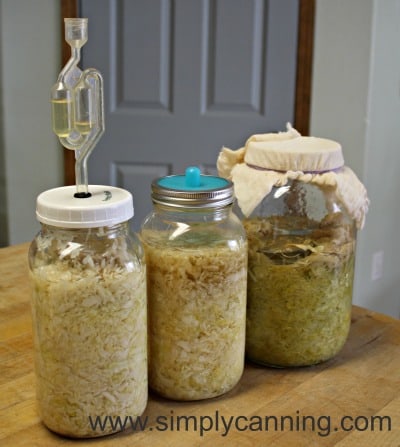
I’ve also done some fermenting by just covering my jars with cheesecloth. The gallon jar in the picture has cheesecloth laid on top of the ferment in the jar, as well as on top of the jar secured with a rubber band.
Three different methods! Let’s see how they work.
Fermenting with Cheesecloth: Results?
By far my least favorite method – the cheesecloth cover.
Fermenting is an anaerobic process. You need to keep the air out! This is why your food needs to remain under the brine. I used cheesecloth on this batch to try it out.
Didn’t work so hot.
An alternative to the cheesecloth is to use a full cabbage leaf to hold your kraut underneath and away from the air. Then use a cheesecloth or other cloth to cover the lid and keep out any unwanted visitors (bugs). This works better…but keep reading, it’s still not my favorite. There are always bits of food floating to the surface.
Most directions for sauerkraut state to keep the food under the brine and cover your jars. Then daily skim off any scum that forms. That scum thing just gets to me. I know it is normal and you can safely skim it off. But I just don’t like it. There is always that question of, is this the usual normal scum?…or is this mold that indicates my batch is spoiled?
Even when I don’t get any scum, I still like it better when my jars are covered. It could be psychological, but there you go. That is where I’m at. 🙂
Another thing is the smell of fermenting. When I’m fermenting jars with just a cloth cover, my husband will come in and state, “Something stinks!” Even though it is the normal vinegary smell of fermenting, and not a spoiled smell, my family is sensitive to it.
I end up having to move my ferments outside on my front porch. In the kitchen is much more convenient.
Cheesecloth cover is a no for us.
Fermenting with an Airlock Lid: Results?
The airlock fermenting lid would be my second choice. It works, and I’ve used it with success. Better than the cloth covers for sure. As a water-dependant system, you place water in the reservoir, which keeps out oxygen, but still allows the jar to vent.
The pro: It protects the ingredients in your jar from the external air.
A few cons…
The airlock sticks out above the jar and is awkward to store. A pretty minor inconvenience.
It is also hard to clean. The last time I fermented, I filled my jars a bit too full and the fermenting liquid pushed up through the airlock and spilled all over my counter. (Note to self: Do NOT fill so much!) The airlock is built so that I can rinse it, but it doesn’t really come clean. There is no way to get inside where the water (or, if you’ve overflowed, brine) is. But as I said, it does work, so I wouldn’t totally rule it out.
Fermenting with the Pickle Pipe System: Results?
My favorite method? The Pickle Pipe. Hands down…no question about it. In my opinion, it is the best Mason jar fermenting lid of the three fermenting lids I’ve used.
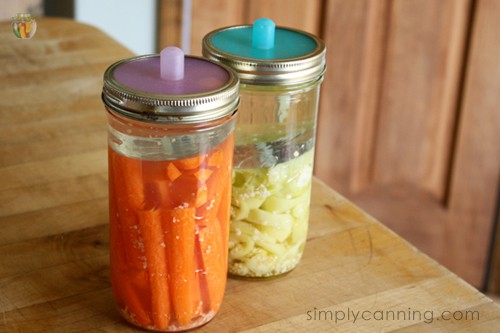
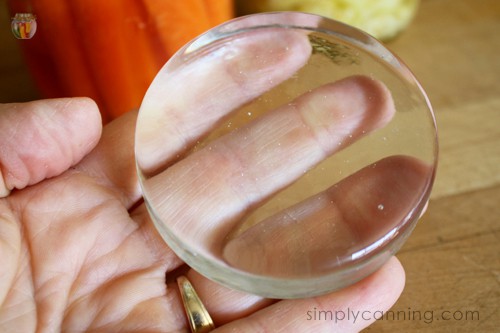
It is so super simple and easy. I’ve had much better luck with this little product. The Pickle Pipe is a fermenting airlock lid system produced by MasonTops, a company that is specializing in canning jar accessories. They also provide fermentation weights that they call…Pickle Pebbles.
What is the Pickle Pipe?
The lid is a silicone lid made with just the right opening to let the gasses vent out, but not allow oxygen back in the jar.
It keeps the smell out of my kitchen.
I can put it on and almost forget about the jar until it is done fermenting. (Don’t really forget about it; you do need to keep an eye on your ferments.)
This is a one-piece, silicone (FDA food grade, BPA- and pthlalate-free) airlock.
It is designed for wide mouth Mason jars. Just screw it on. Depending on how much you are fermenting, you can use pints, quarts, or half-gallon size jars, as long as it is a wide mouth jar.
(I hinted to MasonTops that a lid to fit gallon jars would be a perfect next product!)
How does the Pickle Pipe work? The one-way valve only allows gas to flow one way: from inside the jar to the outside, never back.
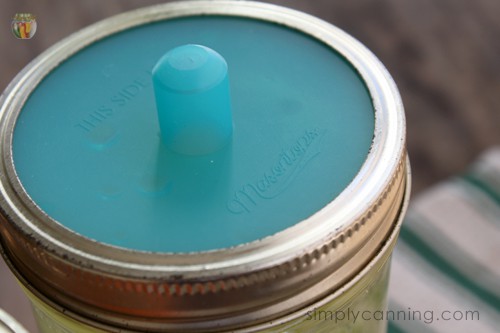
I could see this in the lid itself as I was using it. When the ferments start, bubbling happens and the jar needs to vent. I could see the lid pushed out ever so slightly, which indicated that the jar was venting.
After it had been fermenting awhile, I could actually see the lid suck down in ever so slightly. This indicated to me that it was keeping oxygen out of the jar, just the way fermenting food works! I tried to get a picture, but it is pretty slight, so I don’t know that you can really tell from the image.
Are Fermentation Lids Airtight?
The one-way valve allows the CO2 produced while fermenting to escape (so jar does not explode!) without allowing oxygen to enter (so no mold – and that is a good thing!).
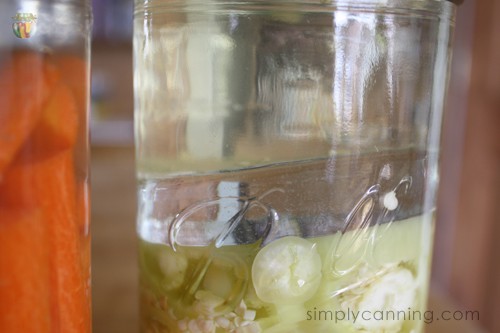
Pickle Pebbles – Fermentation Weights
The Pickle Pebble is a glass fermenting weight that came with my lids. This weight keeps your food under the brine. It is the perfect size to slip down in those straight-sided quart jars. I usually do my ferments in these smaller jars.
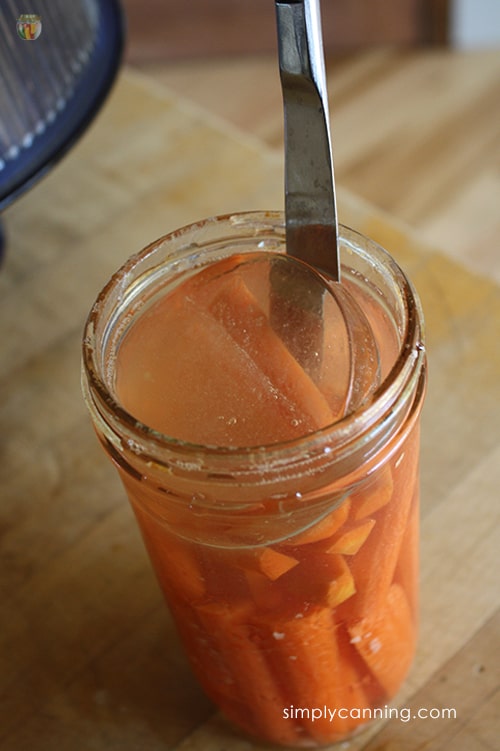
Sauerkraut is one thing that is done in larger jars. What I do is I use a few cabbage leaves to hold my kraut down, and then plop a weight on top of that. The weights work with larger jars too, but not quite as well; they sometimes slip sideways.
MasonTops has come out with some new weights that are shaped with a “handle” so you can grip the glass and pull it out of the jar. The old style is just flat on both sides. I just use a butter knife to gently pull the weight up sideways so I can grab it. Not difficult, but that new handle style would be pretty handy. If you are getting some, you might as well get those.
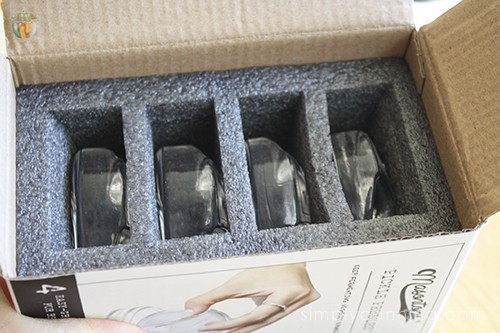
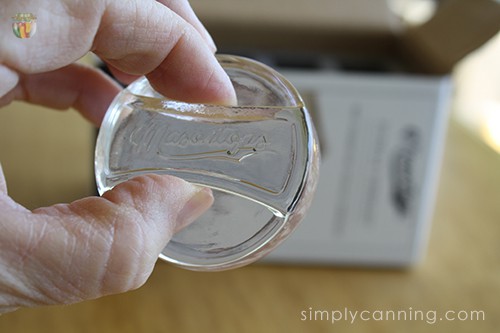
More Pros of the Pickle Pipe
No Need to Manually Burp Every Day or Use a Plastic Water Airlock
Most methods require daily monitoring. This is the “set and forget” method…especially useful as ferments can take days or even weeks. And as for me…I forget to check things in my busy kitchen!
Dishwasher Safe and Low Profile for Storage
These two points are what makes the Pickle Pipe stand out to me above the airlock systems. From my experience, they both worked, but the Pickle Pipe made it so hands off and easy. The lids don’t stick out on top of the jars. I don’t have to worry if the airlock will be knocked off or if the jar will fit under my counter.
It keeps the smell in the jar, which makes my family happy. And a happy family is a good thing, eh? 😉
The Pickle Pipe can be purchased here.
Fermenting Without Canning?
Fermenting is a process of preserving your food by natural fermentation process, which does not necessarily need to be processed in a canner. In fact, there are only a few fermented recipes that are tested for canning. Most ferments are stored in a refrigerator when they are done.
My favorite fermenting project is sauerkraut. I make big batches and process it in a water bath for storage on the shelf, usually saving a few jars to keep in the fridge.
BUT if you want more than just sauerkraut…you really need to check out Traditional Cooking School. She has put together an amazing school for traditional cooking and has a whole fermenting course. Here is a cheat sheet that can help you get started.
Pickle Pipe: FAQs
Using Canning Weights or Pickle Pebbles
Sharon : I just read your article on fermenting cabbage. You also showed the canning discs to weight down cabbage as its fermenting. Did you use them with the new Pickle Pipe? If you did, did you use the regular size one. It was hard to see in the picture you posted. Thanks in advance. I love sauerkraut but didn’t like the crock and cheesecloth method. The scum and the seemingly unclean look. I’ve not made it since. ~Carmelia
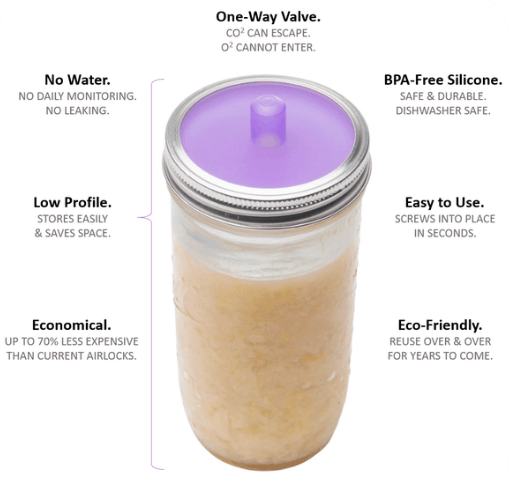
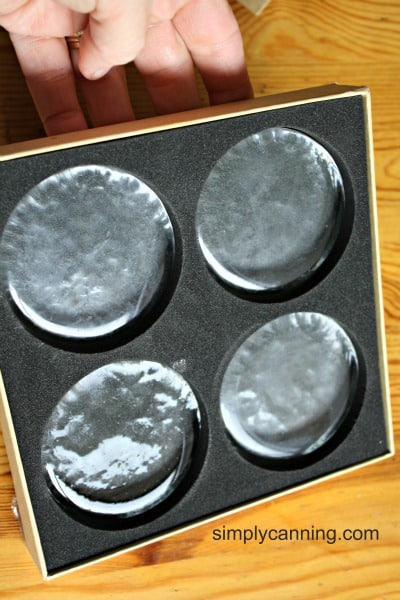
Hi Carmelia,
The Pickle Pebbles weights are the perfect size to fit down in a wide mouth, straight-sided jar. The picture I have included here shows this better than I can explain.
Pickle Pebbles can be purchased here…
I did use them in the gallon jar on my sauerkraut recipe page, but they do need something beneath the pebbles if you are using a larger jar like I did.
What I did was place them on top of the cheesecloth. It worked…but you will still be dealing with the cheesecloth. I like the weights, but using the larger jar, they still don’t eliminate the need for something else to hold everything down under the brine.
Since I built that page, I did another batch and used a cabbage leaf instead of the cheesecloth to hold down the sliced cabbage. This worked much better.
However, if you use a jar like what is in that picture, you don’t really need anything else to hold down your cabbage. This would be the ideal method. I plan on doing 4 wide mouth jars instead of the gallon jar for my next batch.
Just gotta use up what we have in the fridge first. And I am sooo with you on the scum thing. I keep telling myself it is normal, but I like the Pickle Pipe method so much better!
Just an FYI, I’ve also used this fermenting lid: The Perfect Pickler. It works too. I still admit I like the Pickle Pipe better.
Hope that helps,
Sharon
Related Pages
Sauerkraut Recipe – It Can’t Get Any Easier for the Perfect ‘kraut!
Pickling recipes for vegetables are processed in a water bath canner, but plain vegetables need the pressure canner. Find out why. What’s the difference?
Fermenting Foods with the Perfect Pickler – Fermenting foods can be a bit intimidating to the newbie. This isn’t canning pickles, but the Perfect Pickler makes it easy!
Pin This to Find Later!
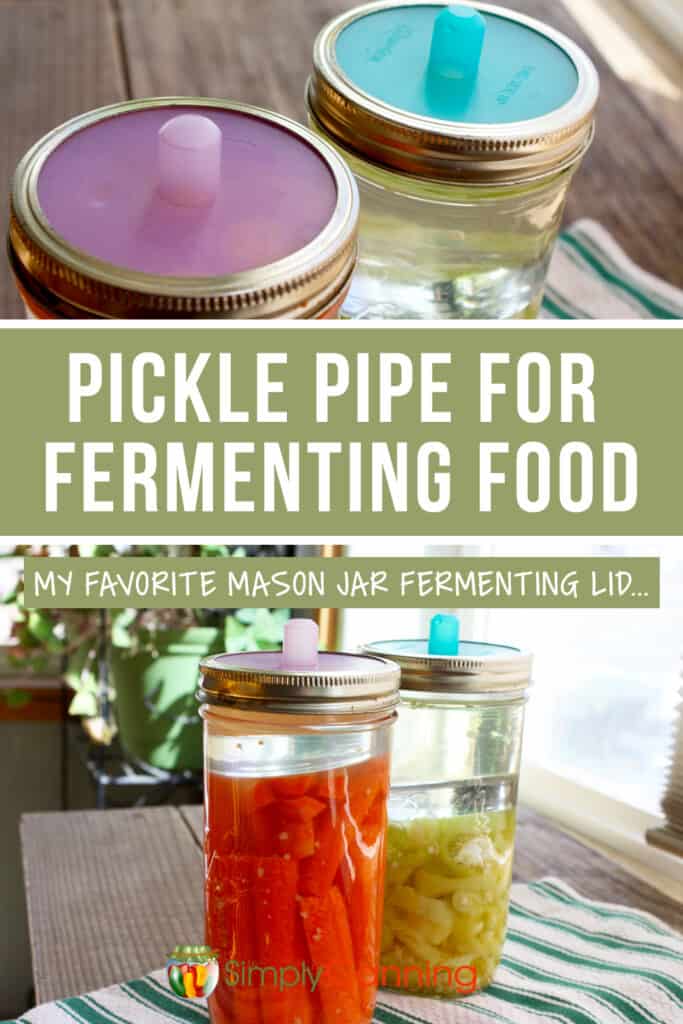
Page last updated: 10/7/2021

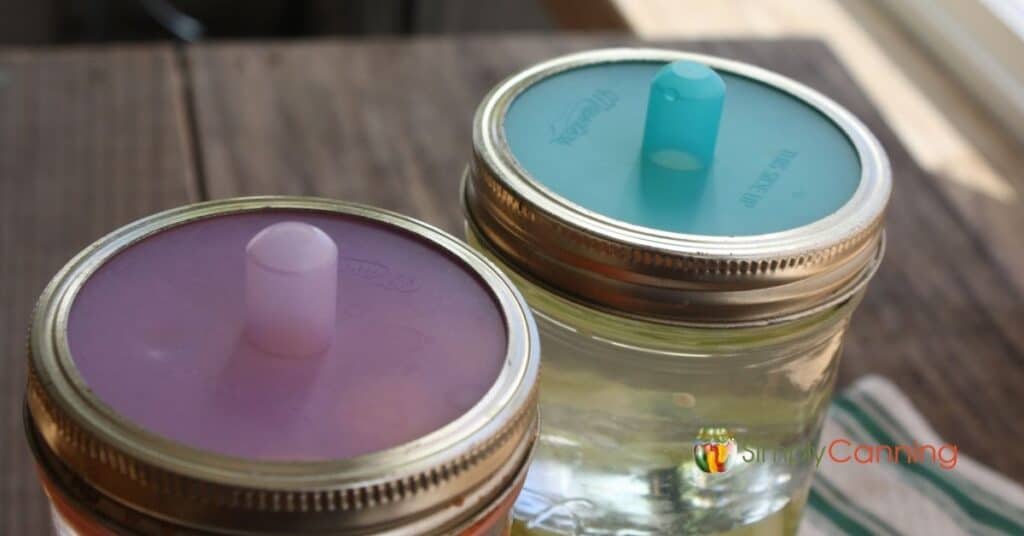
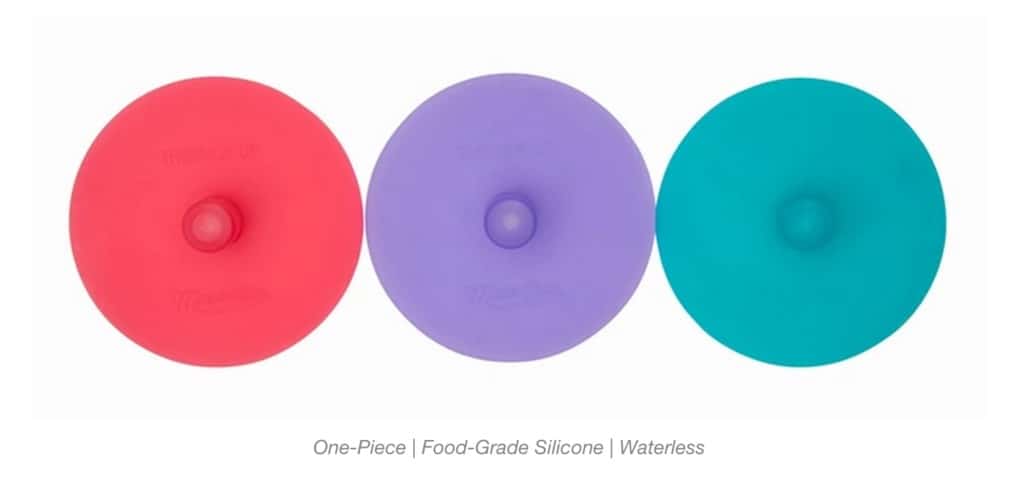
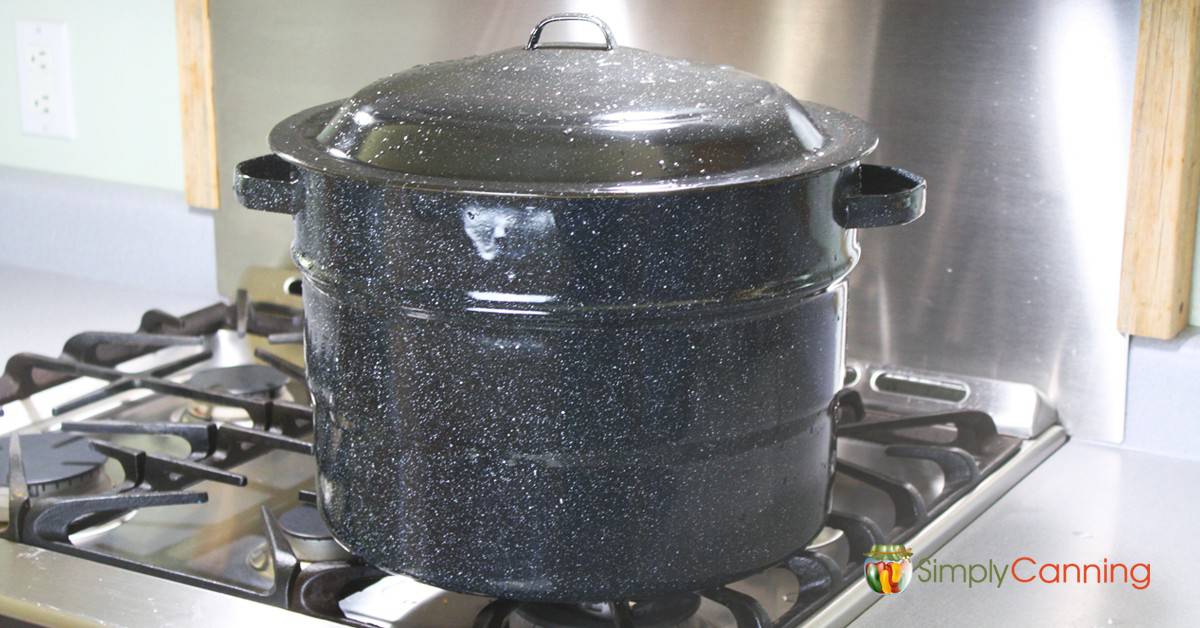

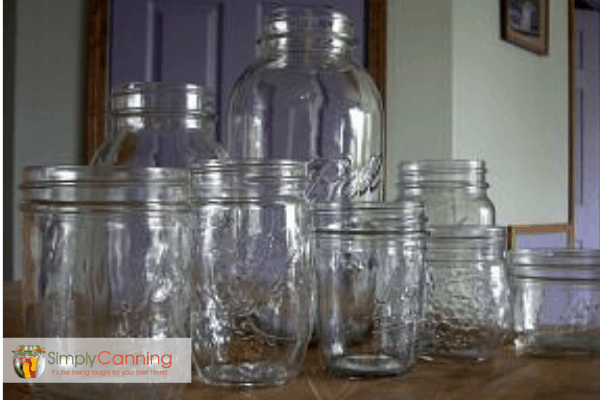
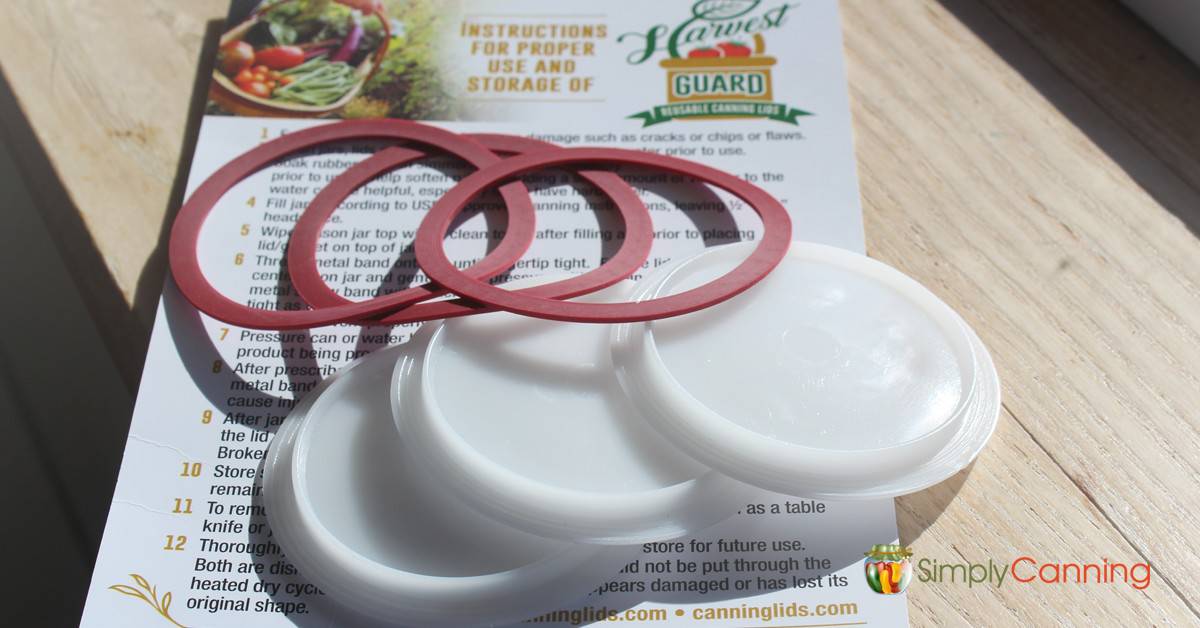
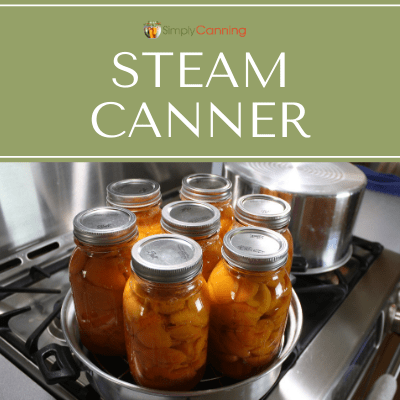
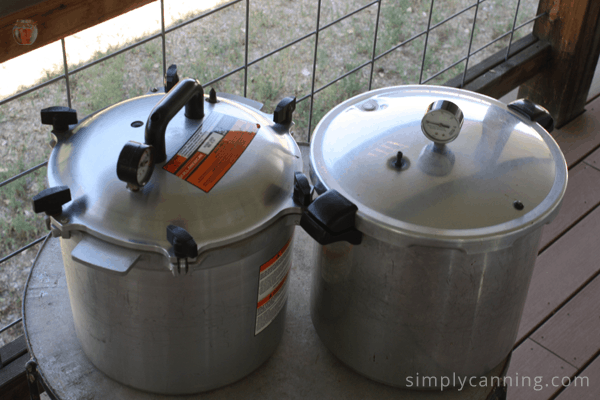
So I do not have to pinch the pickle pipe right? Last time I made it with the pickle pipe it leaked a lot of liquid out. When I was ready to open the lid I could not open it and became afraid it would explode? I would just like a few more details about this if possible. To me it almost looks like it is ready to explode. I keep wanting to squeeze the pickle pipe but I don’t. My first batch turned out very delicious. I’m just afraid of opening it as it is near impossible for me… Read more »
If you are at the point of opening your jars to eat them then yes pinching the pickle pipe is fine. The rubber is not going to hold enough pressure to explode. It will leak out as the pressure inside needs. It could be you’ve filled your jar too much. Next time leave a little more headspace. (I’ve had my ferments leak too. I always put my jars in a bowl or something just in case 🙂 )
In all my years of canning, sauerkraut is one of the few things I haven’t done. Once I do it by fermenting, how do I can it for long term storage? Thanks!
Sharon,
Thank you so much for your post. The picture with all three (3) jars displayed supplied all the information to me. I generally use a crock, but it’s not efficient for a small batch. When I looked at your kraut, the brightest kraut is in The Perfect Pickler. That’s what mine looks like straight out of my crock–bright, full of life. I’m interested to know whether you’ve tried The Easy Fermenter that Nourished Essentials promotes. Of course, we all like the idea of “no babysitting required”!
Hmmm I have not tried the Easy Fermenter. I’ll have to check it out.